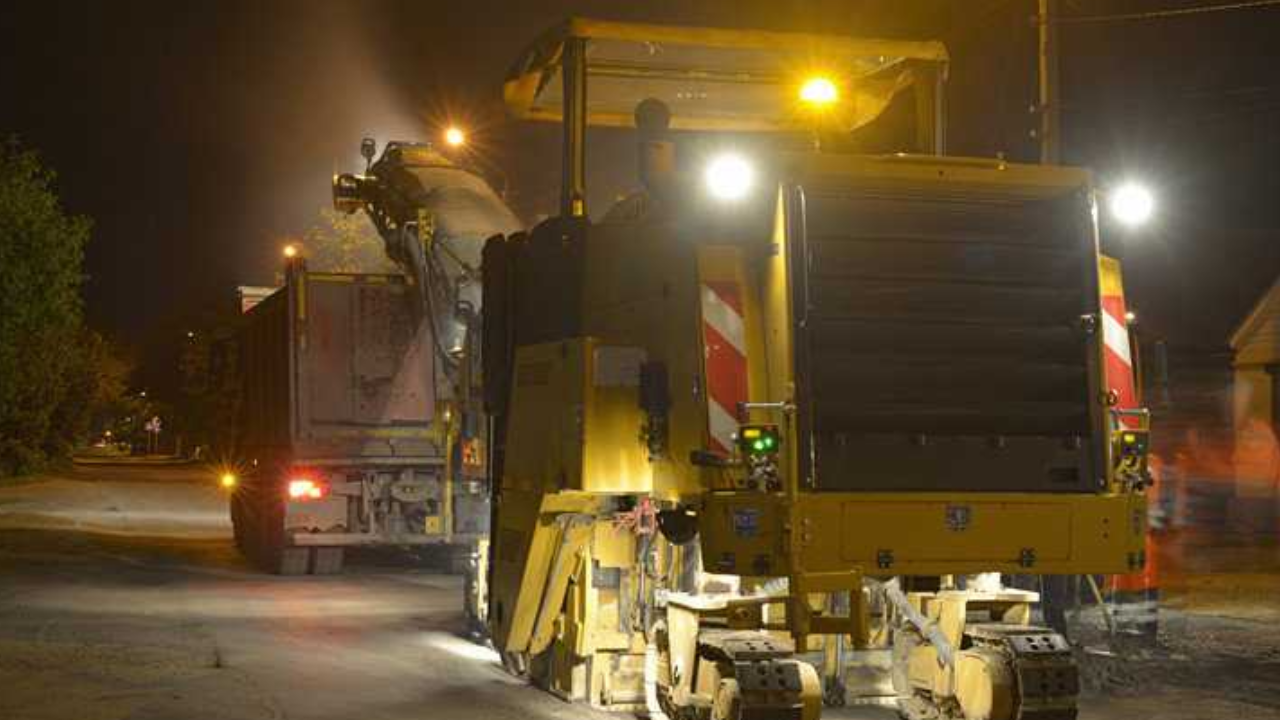Road milling, also known as pavement milling or cold planing, has emerged as a crucial process in the realm of road maintenance and repairs. This method involves the removal of the old, worn-out pavement surface, making way for a new and improved one. Employing specialized road milling machines, this innovative approach efficiently addresses common pavement issues, such as cracks and potholes, ultimately contributing to safer and more reliable road infrastructure.
As technology continues to advance, the road milling process is likely to become even more sophisticated click to visit, further reducing environmental impact and increasing the cost-effectiveness of pavement restoration projects. Embracing these innovations ensures that our roadways not only meet safety standards but also adhere to sustainable practices, creating a lasting and positive impact on our infrastructure and the environment.
The Process of Road Milling
At its core, road milling is a meticulous process designed to rejuvenate deteriorating pavement surfaces. The primary objective is to eliminate existing defects, such as cracks and potholes, by scraping away the worn-out surface layer. Road milling machines come equipped with rotating cutting drums featuring numerous carbide teeth. As the machine advances, the milling drum rotates, effectively stripping the surface layer and collecting the debris for disposal. The result is a smooth, even surface ready for the application of a fresh pavement layer.
Common Pavement Defects Addressed by Milling
Road milling is a vital solution for addressing common pavement issues, including cracks, potholes, and uneven surfaces caused by weathering, traffic load, and substandard materials. This process efficiently levels and rejuvenates pavement, enhancing road safety and longevity by removing damaged layers and providing a smooth driving surface.
Economic Advantages of Pavement Milling
One of the standout advantages of road milling lies in its economic efficiency. The process optimally combines the use of existing aggregates with new materials, resulting in a cost-effective solution for pavement restoration. The integration of old materials not only reduces waste but also minimizes the need for extensive excavation and disposal processes.
Cost-Efficient Solutions with Road Milling Machines
Furthermore, road milling machines are designed for precision, allowing targeted removal of only the damaged pavement layer. This selective approach contributes to significant cost savings by minimizing the amount of new material required for resurfacing. As a result, road maintenance projects can be completed more efficiently and economically, ultimately benefiting both government agencies and private contractors.
Environmental Considerations
In addition to its economic advantages, road milling aligns with sustainable practices by reducing environmental impact. By reusing existing aggregates, the process minimizes the demand for fresh raw materials, thus lowering the overall carbon footprint associated with pavement restoration projects. This environmentally conscious approach is particularly relevant in an era where sustainable practices are gaining increased importance.
Sustainable Road Maintenance
Moreover, the controlled removal of the old pavement surface ensures that only the necessary materials are replaced, reducing the amount of waste generated. This results in a more sustainable and environmentally friendly road maintenance process compared to traditional methods that involve complete pavement removal and replacement.
Technological Advancements in Road Milling
The field of road milling has witnessed significant technological advancements, further enhancing the efficiency and precision of the process. Modern road milling machines are equipped with advanced features, such as automated depth control and telematics systems, allowing operators to achieve optimal results with greater accuracy.
Automated Depth Control and Real-Time Telematics
Automated depth control ensures that the milling machine removes the exact amount of pavement necessary, preventing over-cutting and unnecessary material wastage. Telematics systems enable real-time monitoring of the milling process, allowing operators to make adjustments on the fly, optimizing efficiency, and ensuring consistent quality in the resurfacing outcome.
Conclusion
Road milling has evolved into a cornerstone method for pavement restoration, addressing common defects and contributing to safer and more sustainable road infrastructure. The combination of precision machinery, economic efficiency, and environmental considerations makes road milling a compelling choice for both public and private entities engaged in road maintenance projects.
